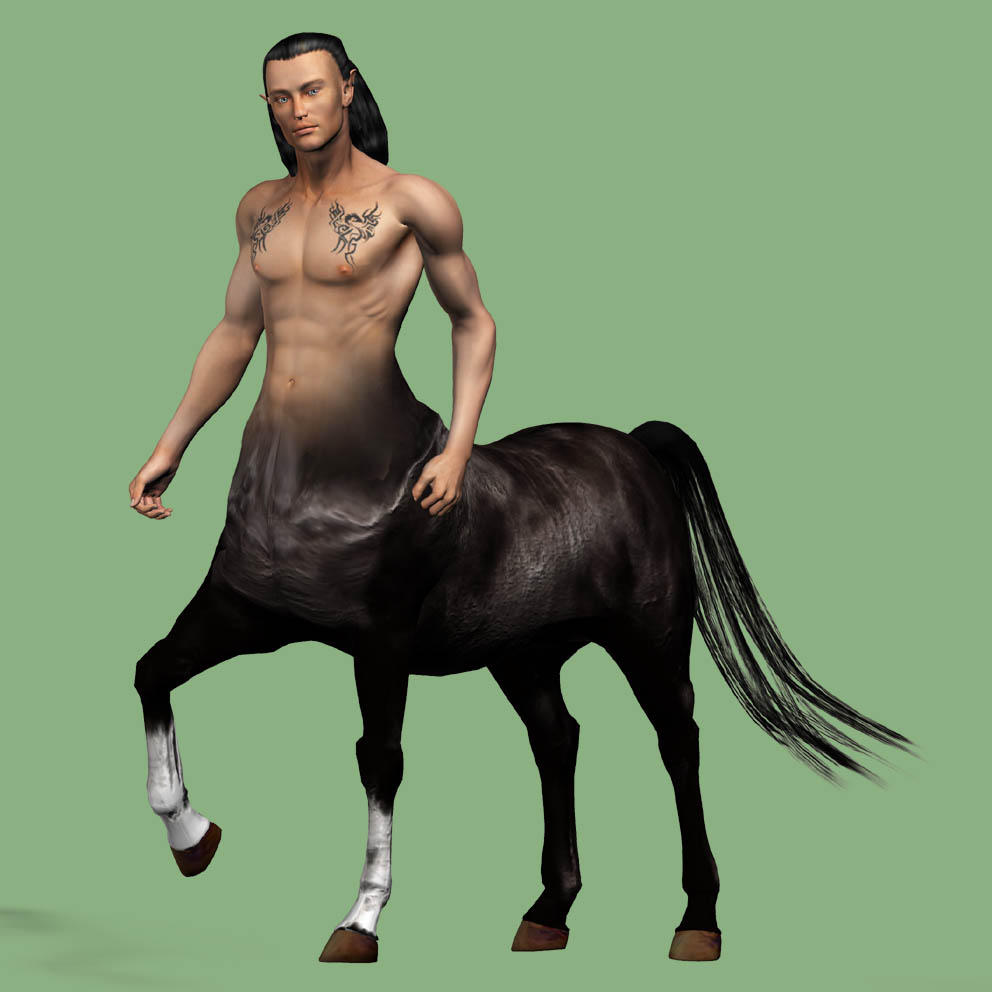“He who lives everywhere, lives nowhere” So said Charles J.
He said this in response to my point that sprezzatura is in and through all
things in the renaissance. It made me ponder as to the home for each concept,
as well as which one is chiefest among them.
I now want to compare the renaissance to a centaur.
 |
| A Centaur is half man, half horse |
I was
talking with my wife the other day and she told me that a centaur has two
ribcages. “Hmmm” I thought, I had never considered that. It must have had two
of a lot of body parts. It must have two backbones. Then I thought of Martin
Luther, a man who must have had two backbones, because nobody with only one
would have enough courage to take on the Catholic Church.
Then I thought surely it would have two hearts. Likewise,
Petrarch must have had two hearts because of his undying desire to bring out
the greatness in men. Michelangelo must have had two as well, for only then
could he put so much heart and beauty into his work depicting what man is.
I thought of the extra limbs that a Centaur has, and how
much faster they could cover ground than a normal man. This led me to think of
Gutenberg. While the messages of the renaissance could have spread without him,
they spread much faster with him.
I thought of the two stomachs that must come with a Centaur,
and I thought of Columbus and Magellan, men who brought new sustenance for an
aging world to digest.
Perhaps the Centaur even has two livers, after all there is
a lot of detoxing that needs to go on in a Centaur’s body. Then I thought of
Petrarch and Erasmus, both seeking to remember the ancient civilizations. In so
doing they desired to purge the impurities out of their current culture and
replace them with ideals from antiquity.
Now, the mind is comparable to sprezzatura, for the mind
motivates the rest of the body to work, just as a desire to be the best, and
show off, led so many of those great men to their accomplishments.
With a mind of sprezzatura, rhetoric must be embodied in the
mouth, for through that the mind can achieve its goals. What does this mean for
rhetoric and sprezzatura? No single man
embodies these two ideas as well as Luther, Petrarch and the others embody the
rest of the ideas. Those two are in and throughout the rest, but they have no
specific place to call home. It seems Charles was right, he who lives
everywhere, lives nowhere.
Do they live separately? Or do they live in beautiful
harmony?


I love what you have done by figuratively giving these people of the renaissance extra body parts. In your last paragraph you explain how without one of these body parts we could not survive. But the renaissance really was more than what man needs to survive. They had been surviving for thousands of years before then. The renaissance was an improvement on what had already existed. Each of these men had evolved from the pre-renaissance man to a specific type of renaissance man.
ReplyDeletei freely admit that I had a little trouble in following your figurative use of the centaur all the way through, but I do think you summed up well in your closing paragraph the necessity of every part contributing to the whole. As I think we all learned in our "salon" experience, each area that we gave a theme to contributed to the success of the Renaissance and Reformation in its lasting impact on mankind.
ReplyDelete